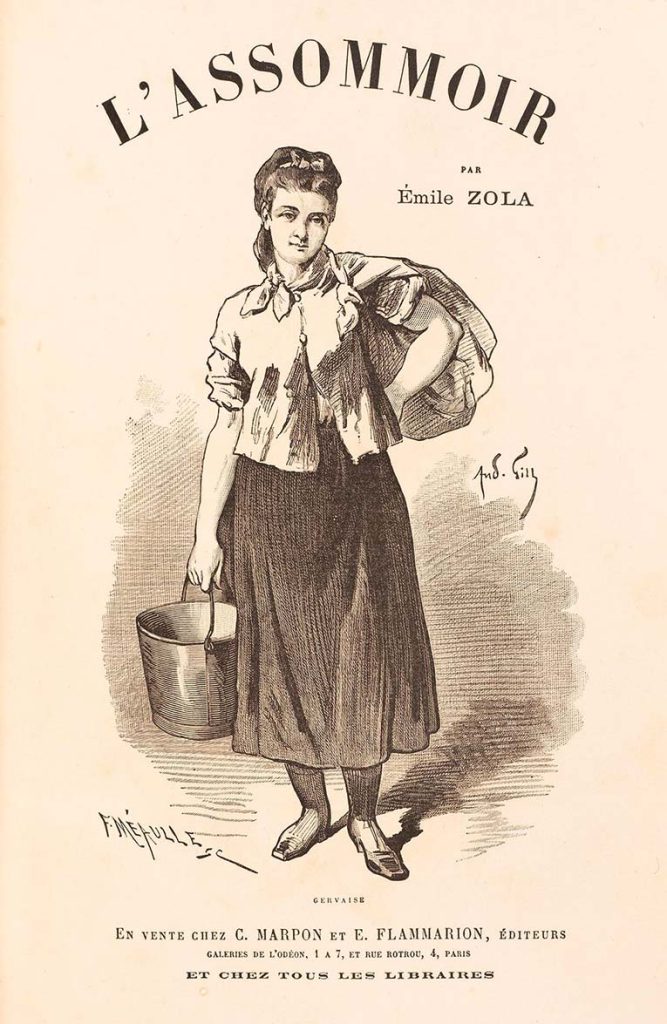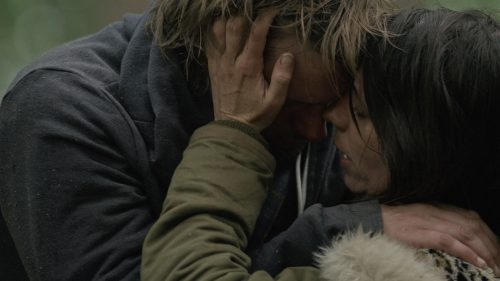

Anne is a theatre director. After her painful divorce, which took from her any hope she had to feel love again, she moves houses. Her new neighbour, Ben, is an unemployed actor, and is quite impres
On Gianluca Matarrese’s film L’expérience Zola (Venice Days), a couple in life and work decides to stage Émile Zola’s L’Assommoir (the name of a boozer in the Paris neighbourhood of Goutte-d’Or). The play is considered a masterpiece of Zola’s, who is the founder of psychological and social realism. At the time, it proved scandalous, and its serial publication on a newspaper was at a time halted for ‘obscenity’. Zola commented the plot as “a slow, inexorable decline of a working-class family in a degraded, decadent neighbourhood in Paris”.
The novel was published in 1876, and soon a derivative play was released: in Paris first, then in English translation in London (Drink). Both novel and play focus on poor Gervaise, who is taken advantage of and then abandoned by Lantier. She marries a good man, Coupeau, only for Lantier to come at her again. Coupeau grows diffident, and Gervaise dies, humiliated and destitute.
In the play, three essential elements of the novel are disregarded: the pressure to depict environments, neighbourhoods, boulevards, and argot-speaking local Parisians realistically, the meticulous description of period jobs like goldsmithing, factory working, etc… and some of the most interesting scenes, ones that are magnetic for the reader. Examples: the fight between Gervaise and Virginie, ending up with “all being bare: thigs and buttocks included” and a ladle “hitting skin like laundry out to dry”; the wedding invitees that take refuge from a storm in the Louvre: “Why isn’t there a caption here?” while commenting the Wedding at Cana, the admiration for Antiope’s thigs, or the puzzlement for the usher (with red vest and golden chevrons, or the mirror-shiny hardwood floor, reflecting the sofa’s legs… All this reminded me of Sokurov’s Russian Ark.
Last but not least, the amazing description of the florists’ tea break, laughing and gossiping in Nana’s shop only a short time before tragedy would go down.
The more I read, the more I can picture the film down to the shot. Everything’s ready, described in the most minute detail. You’d barely need a script. Why not make a movie out of it?